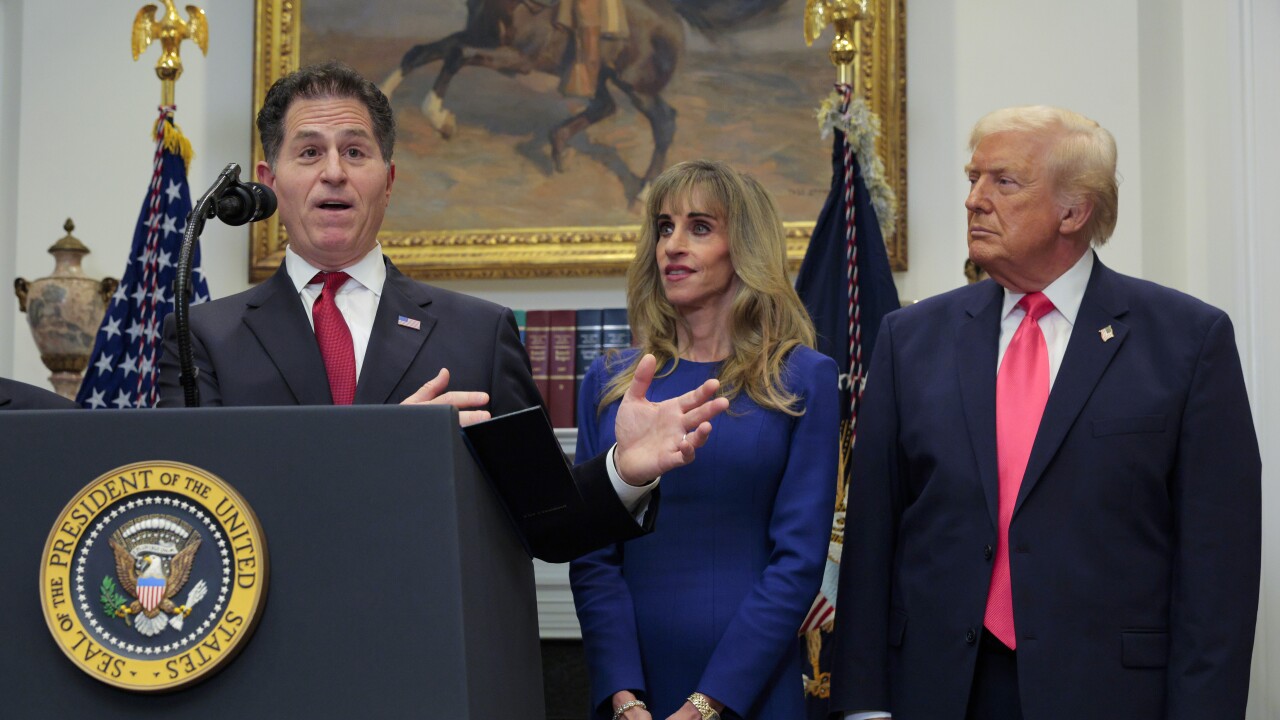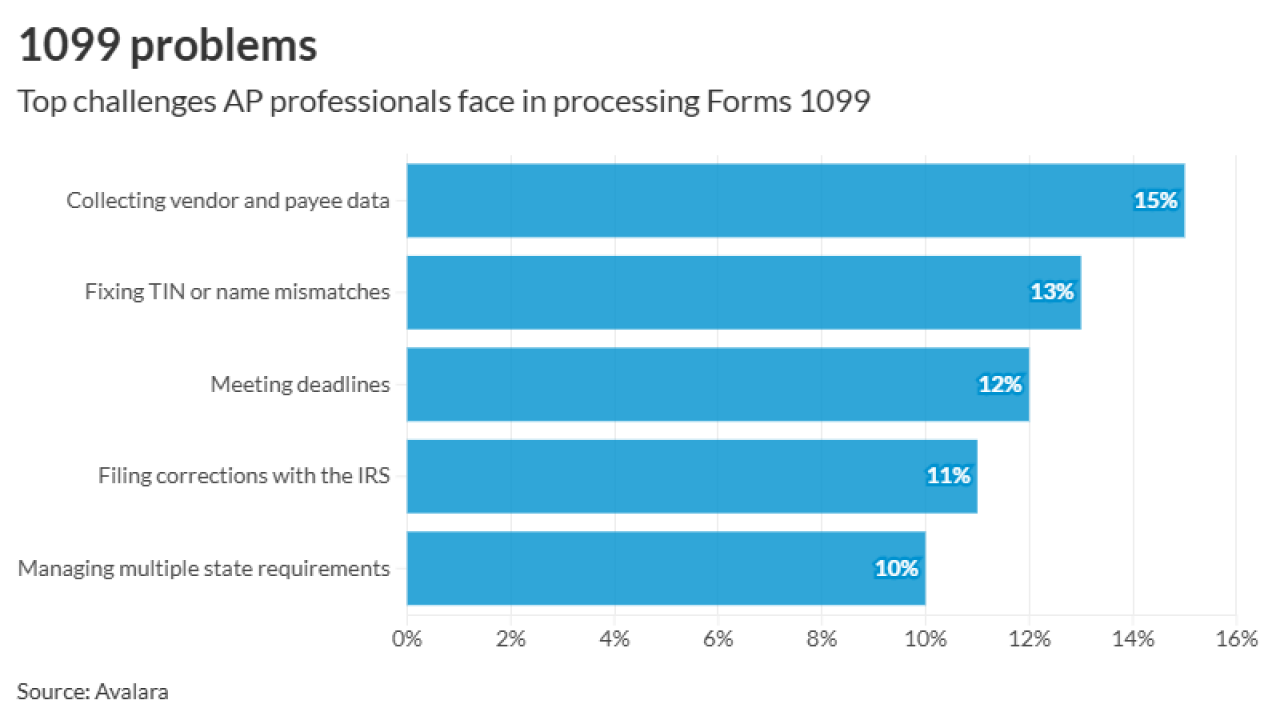The Internal Revenue Service didn’t comply with congressional directives before closing Taxpayer Assistance Centers last year, according to a new government report.

The
The IRS has been expanding its ability to schedule appointments at the centers and offering some virtual help through videoconferencing to taxpayers who aren’t able to travel to the centers. The IRS set up a face-to-face assistance appointment system in fiscal year 2017 that improved customer service for taxpayers. Since adopting the appointment system, just over one-half of the taxpayers who call the appointment telephone line have their issues resolved by an IRS customer service representative and can avoid traveling to a face-to-face assistance site, according to the IRS.
The IRS has been providing face-to-face tax assistance at 359 Taxpayer Assistance Centers around the country, along with 38 Virtual Service Delivery sites, and five Social Security Administration offices, as of Dec. 31, 2018. The report said, however, that the IRS should place these sites in optimal locations to service taxpayers who are likely to seek face-to-face assistance. That includes individuals whose issues can’t be resolved through other methods or who prefer face-to-face assistance.
TIGTA found that the IRS didn’t use a data‑driven Geographic Coverage Model to expand face-to-face assistance to new locations. TIGTA’s analysis of this model identified 28 underserved areas with a high number of taxpayers who are likely to seek face-to-face assistance. These taxpayers generally have low income or they received an IRS letter or notice and live more than 30 miles from a Taxpayer Assistance Center.
TIGTA recommended the IRS do an assessment on the adverse effects a planned Taxpayer Assistance Center closure might have on taxpayers’ ability to interact with the IRS, and hold a public forum before closing a Taxpayer Assistance Center. It also said the IRS should use its Geographic Coverage Model is used to support decisions on the locations of current Virtual Service Delivery and Social Security Administration co-located sites and for future expansion of these sites.
In response to the report, IRS management partially agreed with TIGTA’s recommendation that the IRS complete an assessment on the impact that a Taxpayer Assistance Center closure might have on taxpayers’ ability to interact with the IRS. The IRS added that procedures are in place to ensure that community input is considered when decisions are made to close, consolidate, or replace a TAC. The IRS also said it has complied with the directive to hold a public forum before closing a TAC.
“We strive to offer services in the most convenient, efficient and effective ways possible, using an omni-channel approach, which reaches those individuals who may not have access to Internet service or are not comfortable using it to obtain answers to their questions,” wrote Kenneth Corbin, commissioner of the IRS’s Wage and Investment Division. He pointed out that in fiscal year 2018, 56 percent of taxpayer issues were resolved over the phone when taxpayers called to schedule an appointment.
“The IRS continually evaluates service needs and delivery options,” Corbin added.”We routinely review locations and available services to promote more efficient and effective use of the government’s real estate assets, and to comply with executive orders and congressional directives.”
TIGTA countered that although IRS management agreed with TIGTA’s second recommendation, the planned corrective actions won’t address the deficiencies cited in the report.





